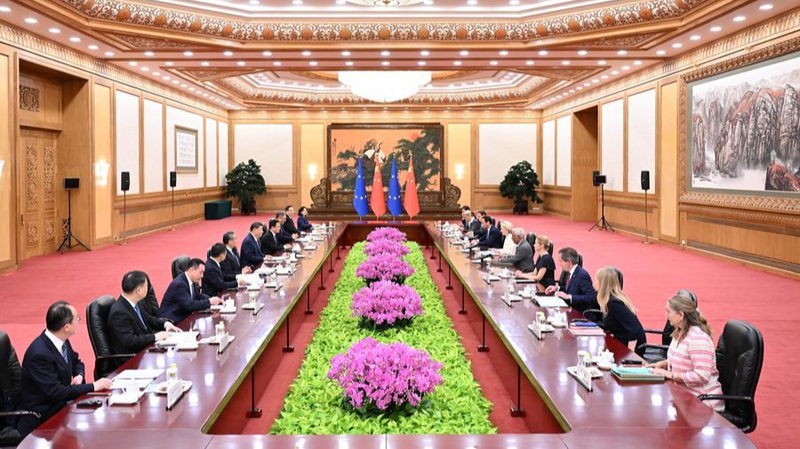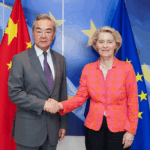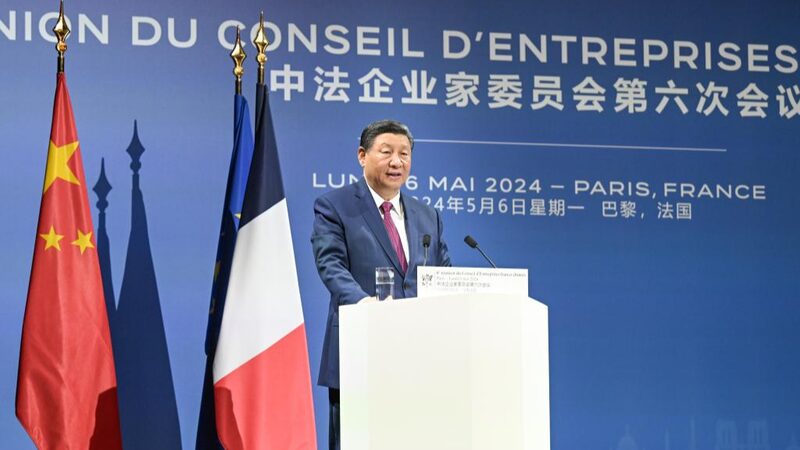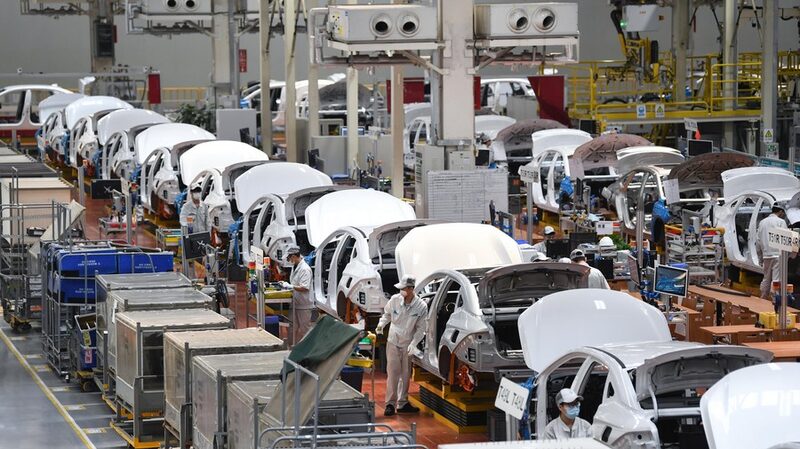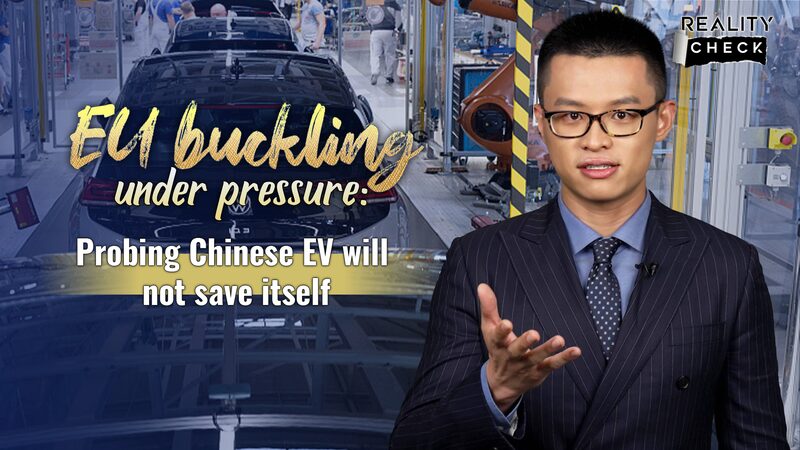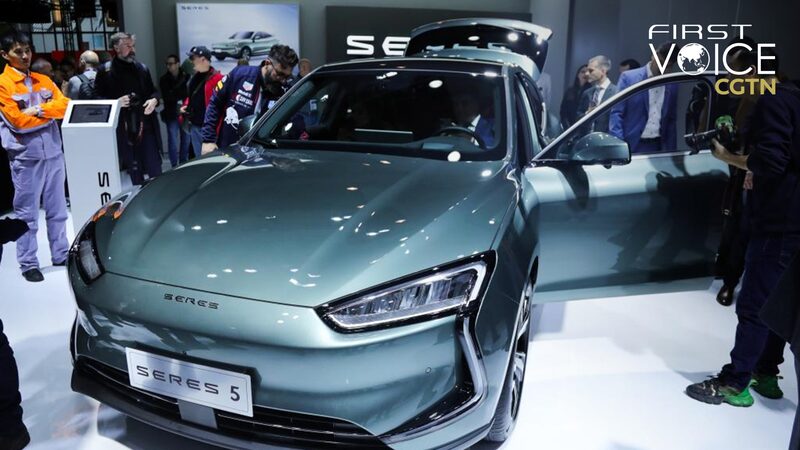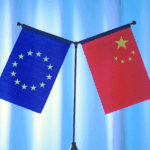As Chinese President Xi Jinping welcomed European leaders Antonio Costa and Ursula von der Leyen to Beijing this week, the meeting symbolized more than routine diplomacy – it marked five decades of carefully cultivated China-EU relations navigating an evolving global order. What began as cautious Cold War-era engagement has grown into a US$847 billion trading relationship, demonstrating how strategic pragmatism can overcome ideological divides.
Analysts point to China's reform and opening-up period as a turning point that transformed EU-China collaboration. European automakers gained access to the world's largest consumer market, while Chinese manufacturers integrated into pan-European supply chains. This economic symbiosis now extends to green technology cooperation, with joint ventures in solar panel production and electric vehicle battery development.
Von der Leyen's recent emphasis on pursuing 'converging interests' with partners reflects this matured approach. Despite ongoing debates about market regulations and geopolitical alignment, both sides maintain 75+ active dialogue mechanisms spanning climate action to artificial intelligence governance. These channels enable progress in areas like the EU-China Comprehensive Agreement on Investment while managing disagreements through structured dialogue.
As Fudan University's Yan Shaohua notes, the relationship's resilience lies in its 'multi-dimensional architecture.' When tensions arise over steel tariffs, cooperation continues on biodiversity protection. When debates emerge about digital sovereignty, joint research persists on quantum computing. This compartmentalization of issues – addressing conflicts without derailing entire partnerships – offers a model for complex international relations in an increasingly multipolar world.
Reference(s):
Forging a path of stability and growth in China-EU relations
cgtn.com
